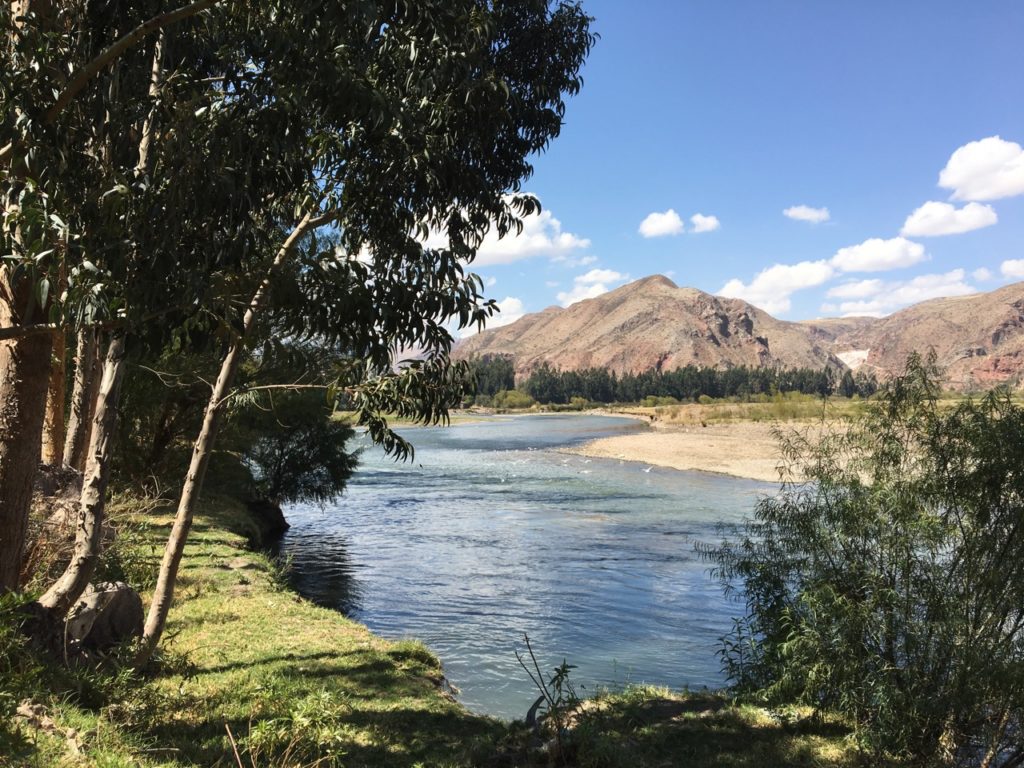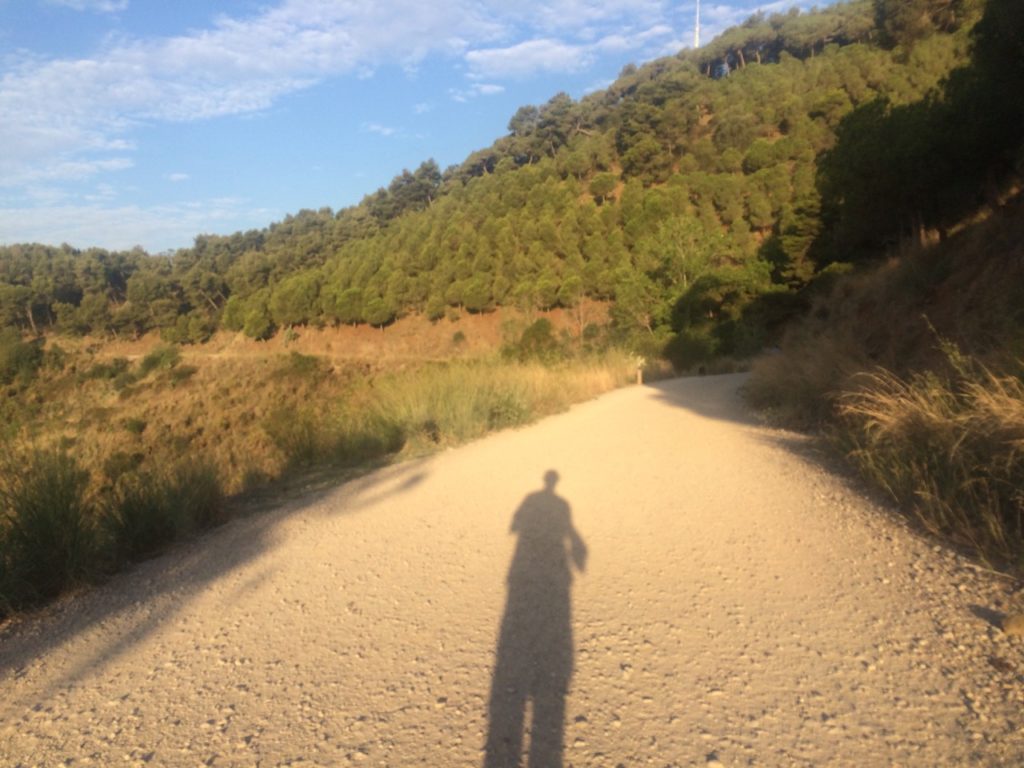
I never learned how to be a stranger somewhere, never learned how to be a tourist. My family was obsessed with being where we belonged, so we never went anywhere we didn’t have a familial claim to. I hadn’t noticed this shortcoming in me until I first went abroad—which I didn’t do until after college, on my honeymoon. I was in the grips of an intense Italophilia, inspired by Fellini and Marcella Hazan. When we got to Rome the day after our wedding, all I wanted in the world was to disappear into the crowd, to be mistaken for a Roman. Instead the flower hawkers tried hustling us first in German, mistaking us not for Italians but for people even more conspicuously un-Italian than your average American. I didn’t know how to be there like that, awkward and in a place where I was clearly not a local. I was so uncomfortable that I didn’t want to open my mouth and hear my own American voice come out of it; didn’t want to sit down for dinner in a place sized for locals and feel my big American limbs bumping into the table, rocking the water bottle, making the chair creak.
And so after the honeymoon I didn’t travel abroad much again for another 20 years, until a work trip took me to Milan to cook. As everyone who’s done it knows, working in another country gives you a perspective on it that visiting for pleasure can’t do. On that trip we were forced into a deep engagement with the place. We had to scour the city for flour suitable for biscuit-making, spent a couple of hours picking our way through a farmers’ market for vegetables, learned how to ask, through a combination of language and gesture, Italian line cooks how to work the combi-oven and tell them when to turn the meat on the grill in an unfamiliar kitchen.
But I’d also become a runner by the time this trip rolled around, and I managed to squeeze a couple of runs in—and that was even more eye-opening than work. When I run, I realized, I’m at home: in my familiar body, making familiar movements, bringing on the old familiar feelings (aches, breathlessness, endorphin surges). I can’t understand the signs I’m passing, perhaps, but my feet can read the pavement, the cracks in the sidewalk or the dips in the curb. If I’m running easy, my mind opens up, I become more attentive, the world seems especially vibrant. Being somewhere unfamiliar can make the running feel better, too—every inch of it becomes an adventure.
I haven’t gone anywhere since—whether it’s Tokyo or Oxford, Mississippi—without my running shoes. There are practical reasons to run when you travel. It’s a good way to shake off jet lag, helps to rejuvenate your body after a long flight. It improves your appetite, or (if you’re like me) it helps offset your gluttony. It lets you practice the language, if you’re trying to learn it–I find myself pronouncing signs as I run pass them, saying the words under my breath until they feel natural. While that behavior would look alarming in someone walking around, nobody gives a muttering runner a second glance.
And when I see another runner out and know that we’ve noticed each other–even if we haven’t acknowledged it–I know that I have found a kind of fellow citizen, also fluent in this odd and awkward language of churning limbs and pounding hearts.
I’ve heard partisans of walking say that runners, so self-absorbed in their workouts, miss too much when they hurtle through the landscape. But when I’m running through a place, I notice more than when I’m walking. I’m focused. The quality of my attention is better. Because my body is being put under strain by the terrain I’m moving through, or because I’m moving through that terrain in a state of heightened physical intensity, it’s as though my awareness has additional dimensions. I’m not just observing the world, disengaged, as I pass through it. In some way I feel I am expanding into it, merging with it. When I do walk around in a new place, I like to do it with a camera for some of the same reasons: I like the way thinking of pictures makes me look at details, the way the camera rewards me for paying attention to small quirks in a place. When I run, I feel more like I am myself a camera, a piece of light-sensitive paper, absorbing what I see and retaining it.
And finally, if you train yourself to run long, you can cover a lot more ground than you ever could walking. You can slip behind the scrim of the tourist-facing city and see backstage–I’ve seen parts of Barcelona and Lima and Tokyo that I’d never have seen just walking. Sometimes those parts are astonishingly beautiful–the dirt trail that runs along the mountain ridge overlooking Barcelona, for example. Sometimes they’re bleak or shabby, but seeing them complicates and enriches your understanding of where you are. And sometimes you’ll stumble on something so out of the way and unexpected–a man standing in the marshes playing his trumpet for nobody but you and the bats flitting over the river–that it casts a kind of spell over the whole trip.

Kyoto 
Barcelona 
Seoul